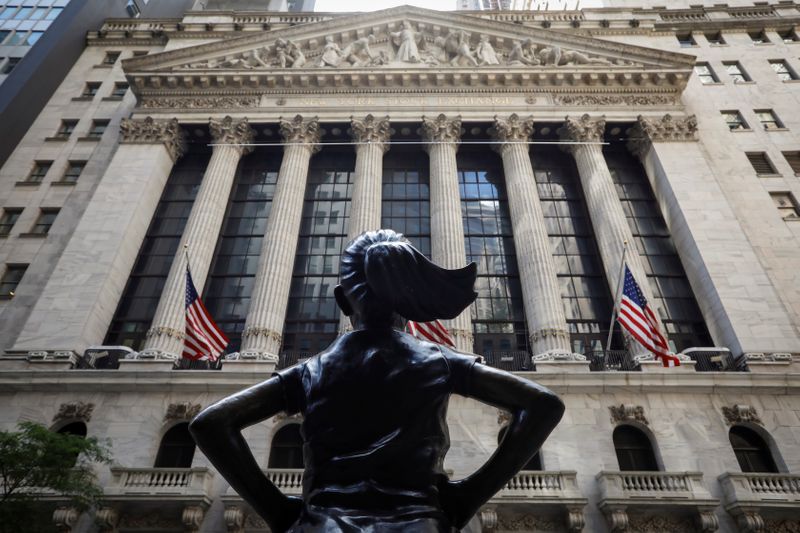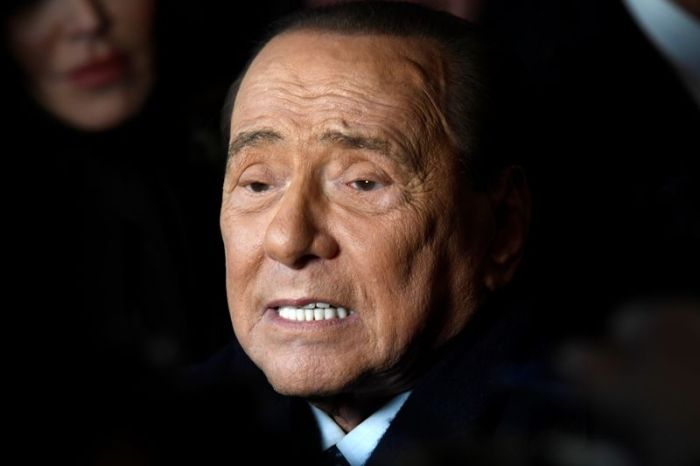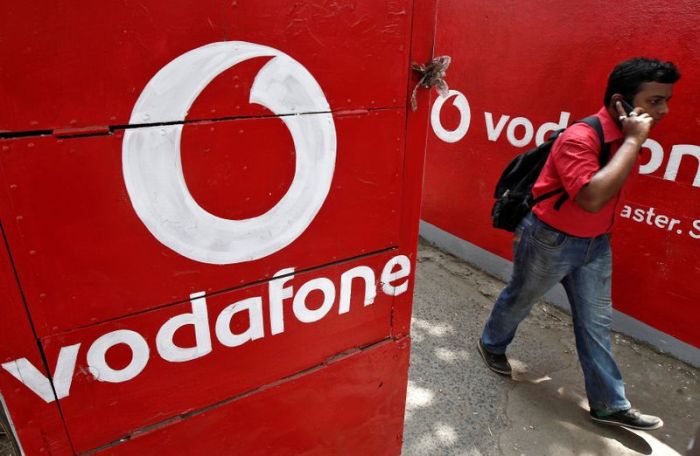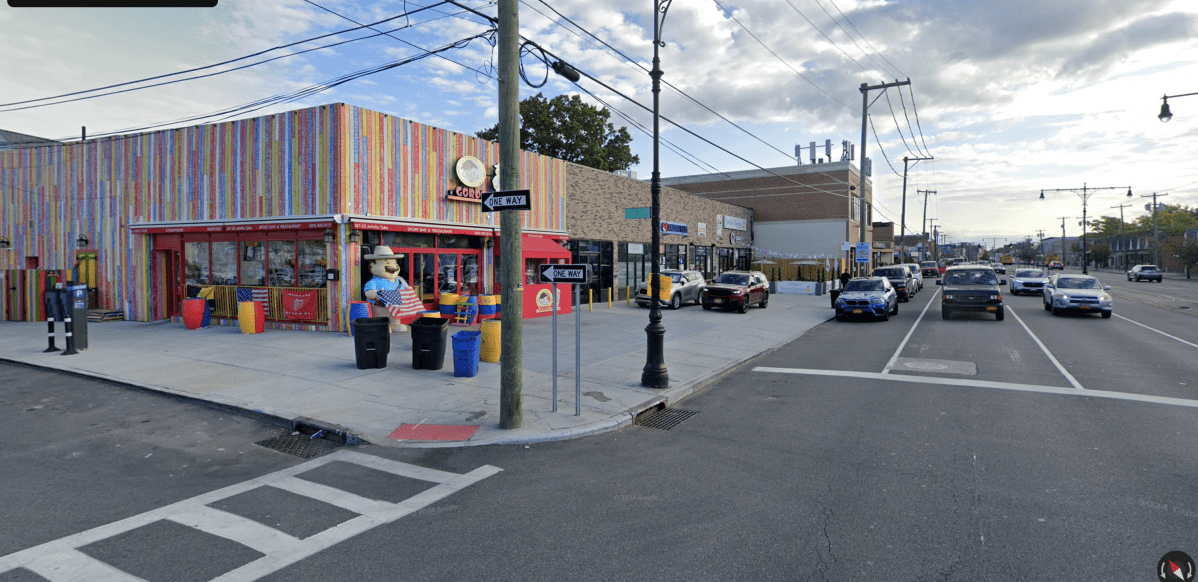NEW YORK (Reuters) – The Nasdaq closed lower on Friday though well above its session low as selling eased late in the day after investors dumped heavyweight technology stocks due to concerns about high valuations and a patchy economic recovery.
The major indexes regained some ground in late afternoon though trading was still volatile.
At its lowest point of the day the tech-heavy Nasdaq fell as much as 9.9% from its record high reached on Wednesday and the S&P 500 dipped briefly below its pre-crisis record, reached in February, although it too closed well off session lows.
Mega-cap companies such as Apple Inc, Microsoft Inc, Amazon.com Inc and Facebook Inc also pared losses though of that group only Apple managed a very tiny gain for the day.
“You had a significant sell-off on Thursday, some follow-through in the morning and then we stabilized. The selling was pretty fierce,” said Michael Antonelli, market strategist at Baird in Milwaukee.
“Corrections like this have been quick and severe lately. We don’t know if its over,” he said. “The fact we stabilized today could be a good sign.”
While Thursday’s sell-off already reflected investor fears that valuations for the Nasdaq high-flyers had overheated, the worries were exacerbated on Friday by the Financial Times (FT) and others reporting that options trading by Japan’s Softbank had inflated these stocks.
“We’ve started to see signs of weakness in the last few days, notably yesterday. Then you get a headline like the FT story. That really adds fuel to the fire on the downside,” said Jeffrey Kleintop, chief global investment strategist at Charles Schwab in Boston.
The Nasdaq had powered the stock market’s stellar recovery from the coronavirus-led crash, climbing as much as 82% from March lows. The benchmark S&P 500 and Dow had surged about 60% from their troughs.
Earlier on Friday, the Labor Department’s closely watched employment report showed the jobless rate improved to 8.4% from 10.2% in July, better than analysts had anticipated. Nonfarm payrolls, however, increased less than expected last month.
Kleintop argued that the jobs news did little to help the progress of stalled talks for a fresh coronavirus stimulus package among sharply divided lawmakers in Washington.
“It wasn’t wonderful enough to get the market excited enough that we don’t need any more stimulus. On the other hand it wasn’t weak enough to bring the two sides in Washington together to extend that stimulus package,” he said.
The Dow Jones Industrial Average fell 159.42 points, or 0.56%, to close at 28,133.31, the S&P 500 lost 28.1 points, or 0.81%, to 3,426.96 and the Nasdaq Composite dropped 144.97 points, or 1.27%, to 11,313.13.
The communication services, consumer discretionary and technology indexes posted Friday’s steepest percentage declines among the 11 major S&P sectors.
Only three S&P sectors ended the day higher including financials .SPSY which was powered by a 2.2% gain in its bank subsector index.
Also, the S&P 1500 airlines sub index rose 1.85% for the day.
For the week the S&P 500 fell 2.31% after five consecutive weeks of gains. The Dow dropped 1.82% for the week and the Nasdaq lost 3.27% for the week and clocked its biggest two-day drop since March 17 between Thursday and Friday.
Some fund managers have warned that the declines could be a preview of a rocky two months ahead of the Nov. 3 presidential election as institutional investors return from summer vacations and also refocus on potential economic pitfalls.
Wall Street’s fear gauge, after hitting a more than 11-week high in late morning trading, ended the day lower.
Broadcom Inc gained 3% after the Apple Inc supplier forecast fourth-quarter revenue above analysts’ estimates.
Declining issues outnumbered advancing ones on the NYSE by a 1.53-to-1 ratio; on Nasdaq, a 1.63-to-1 ratio favored decliners.
The S&P 500 posted no new 52-week highs and 1 new low; the Nasdaq Composite recorded 21 new highs and 88 new lows.
On U.S. exchanges 11.31 billion shares changed hands compared with the 9.29 billion average for the last 20 sessions.
(Reporting by Sinead Carew in New York; Additional reporting by Medha Singh in Bengaluru; Editing by Arun Koyyur and Matthew Lewis)

























